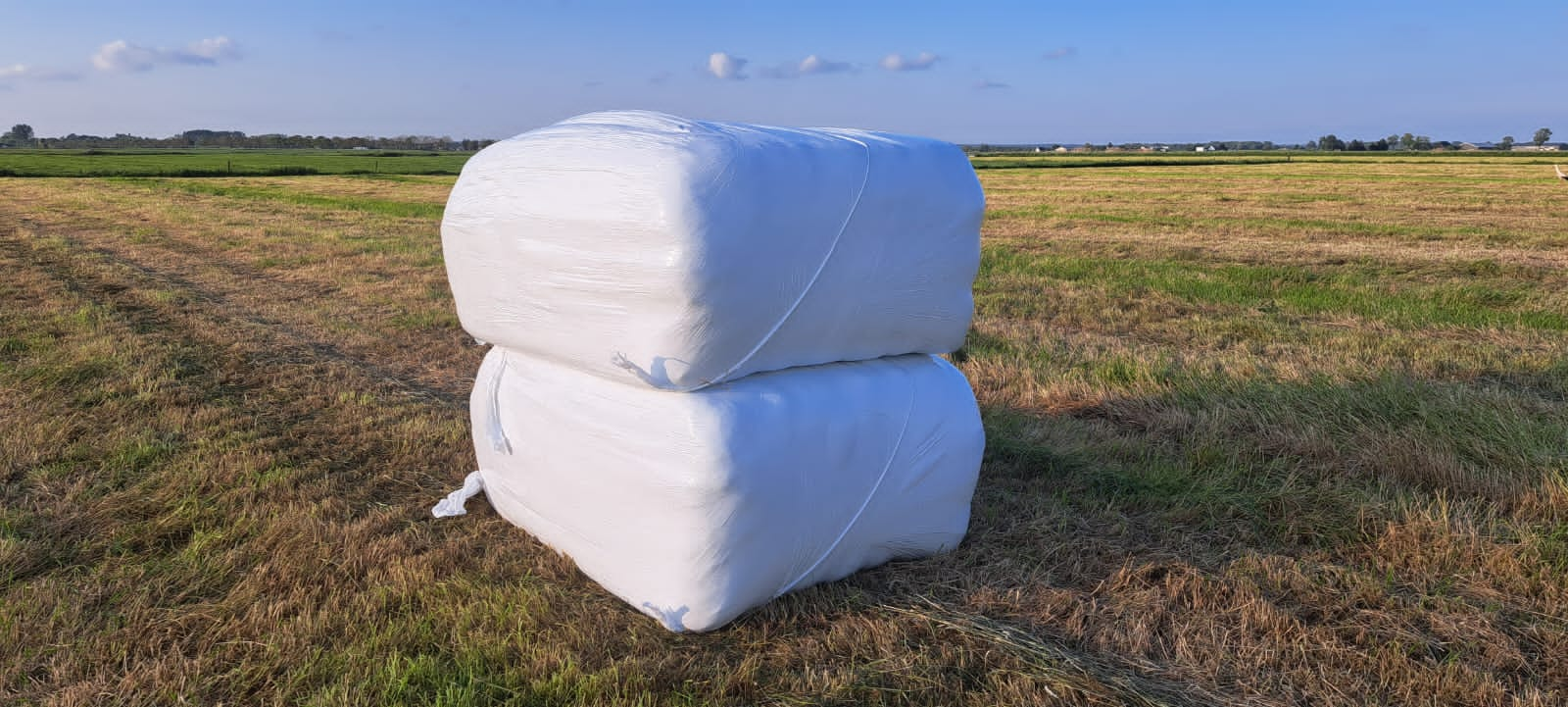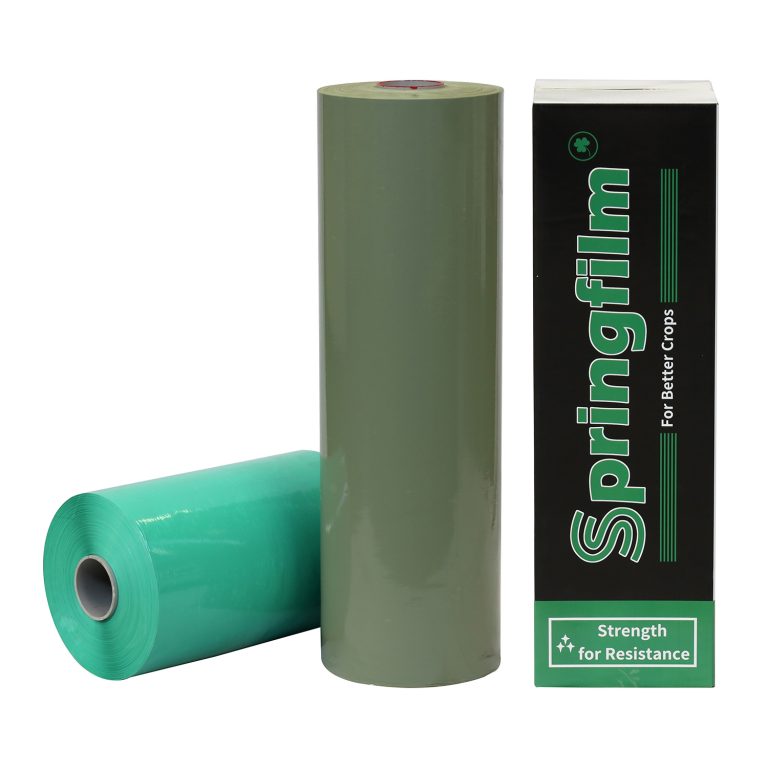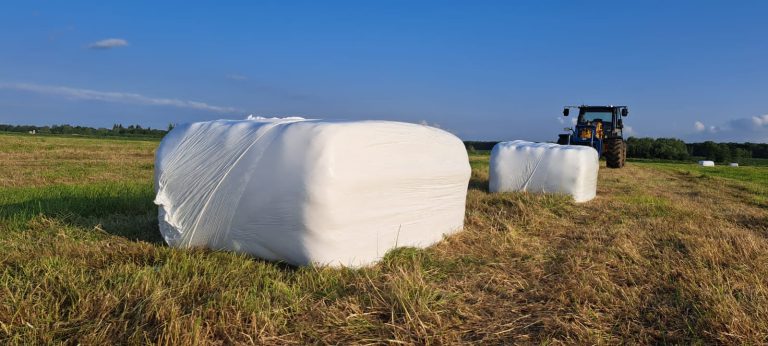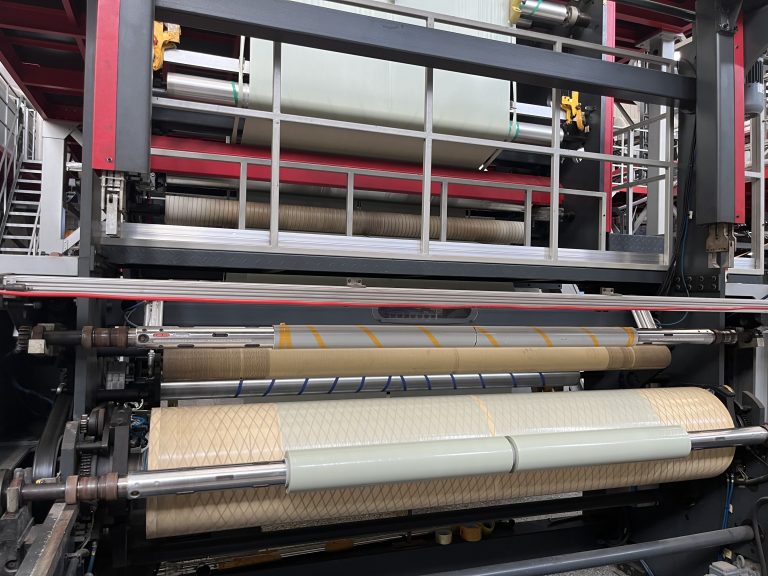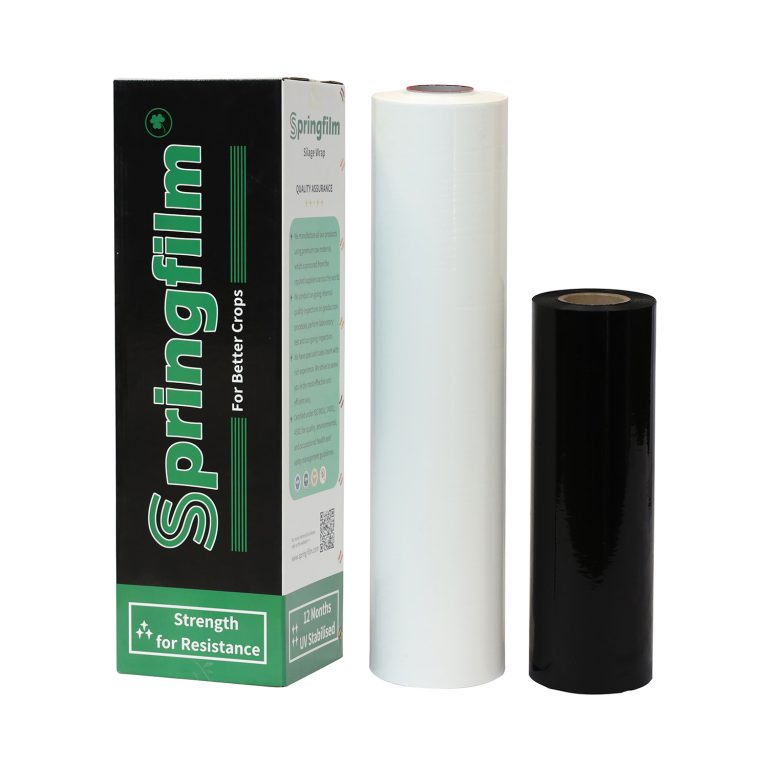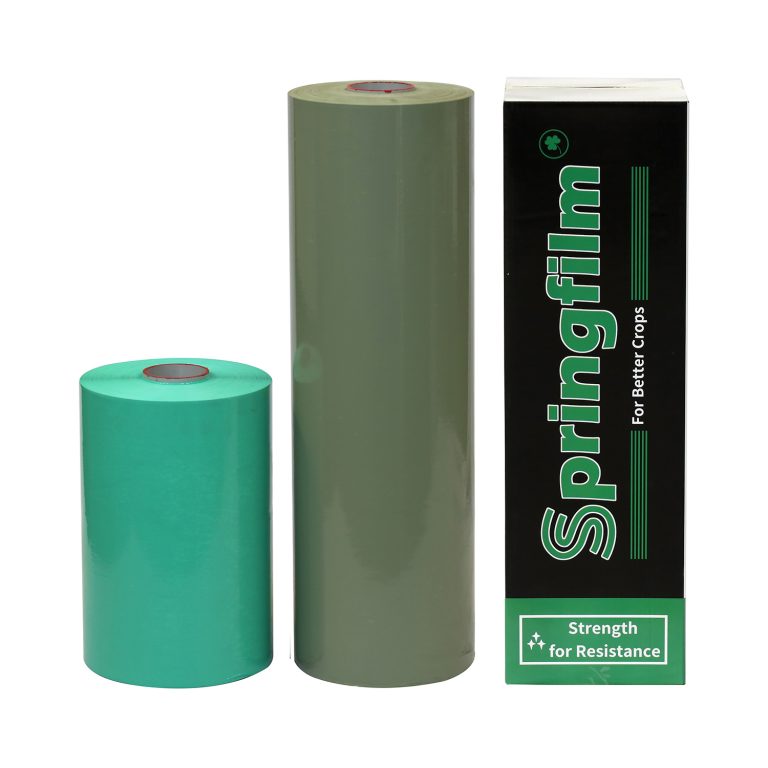Table of Contents
silage wrap storage and handling tips
Proper storage and handling of silage wrap are essential to ensure its effectiveness in preserving forage quality. Here are some tips for storing and handling silage wrap:
Storage Tips:
- Keep it Indoors: Store silage wrap indoors, in a clean and dry area. Exposure to sunlight and outdoor elements can lead to premature degradation of the wrap.
- Control Temperature: Maintain a consistent temperature in the storage area. Extreme heat can cause the wrap to become brittle, while cold temperatures can affect its flexibility.
- Stack Carefully: Avoid stacking heavy objects on top of the rolls of bale wrap, silage film manufacturer. Pressure from above can deform the rolls and compromise their quality.
- Protect from Moisture: Prevent moisture and humidity from reaching the silage wrap. Moisture can lead to mold growth or cause the wrap to stick together.
- Rodent Control: Ensure that the storage area is rodent-proof. Rats and mice can damage the wrap by chewing through it.
- First In, First Out (FIFO): Implement a “first in, first out” inventory management system to use the oldest rolls of bale wrap before newer ones. This prevents older rolls from deteriorating while in storage.

Handling Tips:
- Inspect for Damage: Before using the silage wrap, inspect it for any visible damage, such as tears, punctures, or holes. Damaged wrap should not be used as it won’t provide an airtight seal.
- Use Clean Hands and Tools: Ensure that your hands and any equipment used during the wrapping process are clean and free from contaminants. Dirty hands or tools can introduce harmful bacteria to the forage.
- Proper Wrapping Technique: Follow the manufacturer’s guidelines for wrapping technique, including the number of layers and overlap. Proper wrapping ensures a tight and effective seal.
- Check Equipment: Regularly inspect the wrapping equipment, including the wrapper machine, for any wear and tear. Ensure that the machine is properly calibrated and maintained for optimal performance.
- Avoid Overstretching: Be cautious not to overstretch the silage wrap during application. Stretching it excessively can lead to thin spots that may tear or puncture.
- Seal Ends Securely: Seal the ends of the silage wrap, bale wrap rolls tightly to prevent exposure to air and moisture. Loose ends can compromise the integrity of the wrap.
- Label and Date: Label each wrapped bale or stack with the date of wrapping and other relevant information. This helps in managing inventory and ensures you use the oldest silage first.
- Store Partial Rolls Properly: If you have partially used rolls of silage wrap, seal the exposed end with tape or another airtight method to prevent contamination and deterioration.
- Dispose of Waste Properly: Dispose of used silage wrap, bale wrap and any waste materials in an environmentally responsible manner. Some regions have recycling programs for agricultural plastics.
By following these storage and handling tips, you can maximize the effectiveness of silage wrap, silage film manufacturer in preserving forage quality and reduce the risk of spoilage during storage and feedout.

